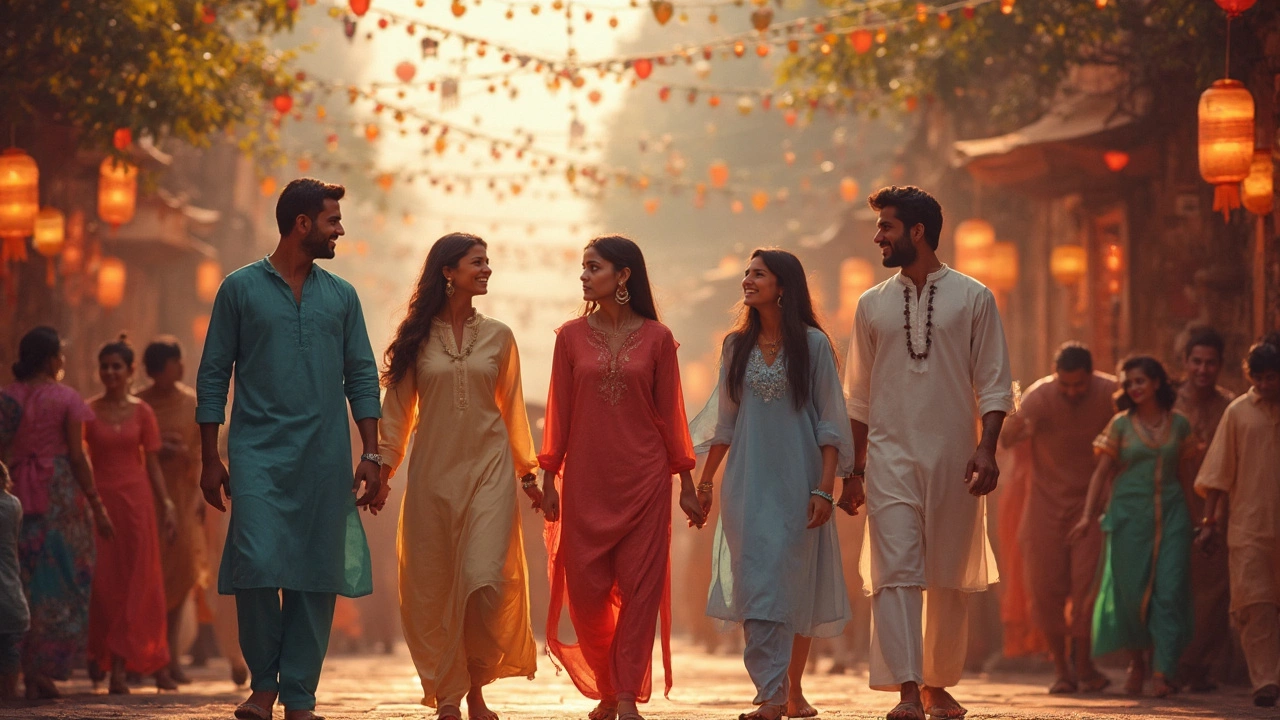Ethnic Wear: Traditional Tamil Clothing and Its Cultural Roots
When you think of ethnic wear, traditional clothing tied to a specific culture or region, often worn during festivals, ceremonies, or daily life. Also known as cultural attire, it’s more than fabric—it’s a living archive of identity, craft, and community. In Tamil Nadu, ethnic wear isn’t just about looking good. It’s about carrying forward centuries of weaving, dyeing, and storytelling through thread. From the heavy silk of Kanchipuram sarees to the lightweight cotton of Madurai mundus, every piece has a story written in its pattern, color, and fold.
These garments are deeply connected to Tamil traditional clothing, the distinct styles worn by Tamil communities in South India, often passed down through generations and tied to religious and seasonal rituals. A bride in a red Kanchipuram silk isn’t just dressed for a wedding—she’s wearing centuries of temple art, royal patronage, and village handloom pride. Men in dhotis or veshtis aren’t just being casual—they’re honoring a style unchanged since the Sangam era. And during festivals like Pongal or Karthigai Deepam, families pull out their best pieces—not because they’re fancy, but because these clothes carry blessings, memories, and belonging.
What makes Tamil ethnic wear different from other Indian styles? It’s the rhythm. The way a saree is draped in the Madurai style, with the pallu pulled over the shoulder like a shield. The bold stripes of Kumbakonam lungis, worn even by schoolboys. The hand-embroidered kolams on festival shawls that mirror the rangoli on the floor. These aren’t random choices. They’re codes. Codes that say, "I’m from here," "I respect this," or "I’m part of this lineage." Even modern Tamil youth mixing ethnic wear with sneakers aren’t rejecting tradition—they’re redefining it, keeping it alive by wearing it.
Behind every piece is a weaver, a dyer, a farmer growing organic cotton, or a grandmother teaching a grandchild how to pleat a saree. This is why ethnic wear matters. It’s not a costume. It’s a connection. And in the posts below, you’ll find real stories about how Tamil communities wear their culture—with pride, with change, and with deep, quiet reverence.
